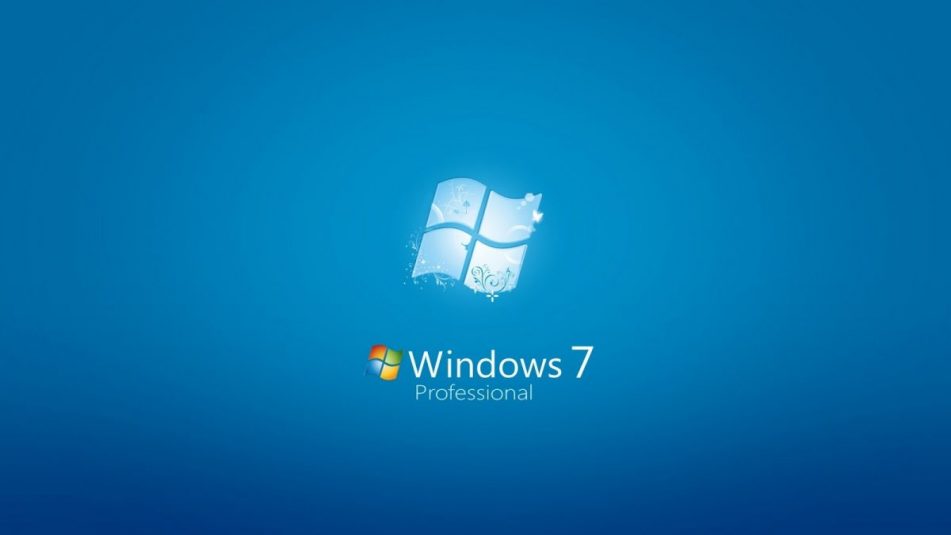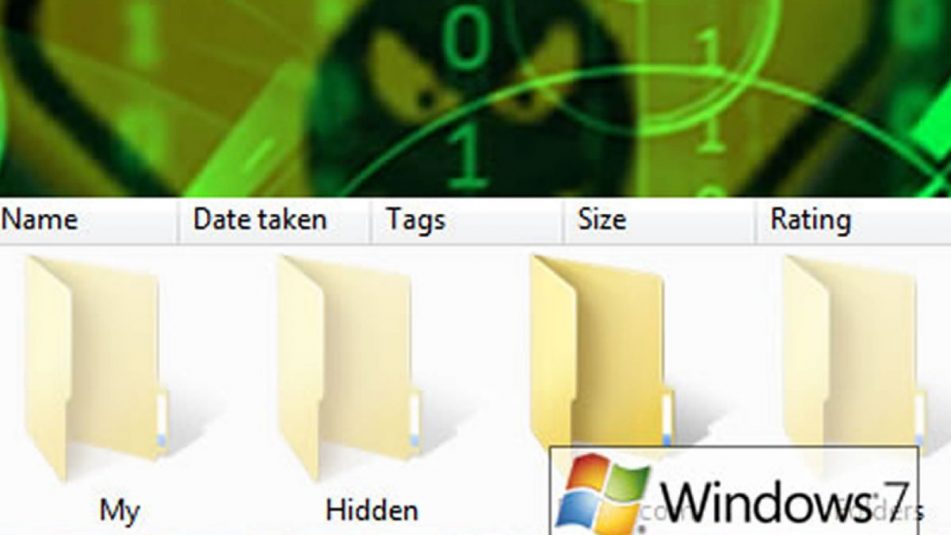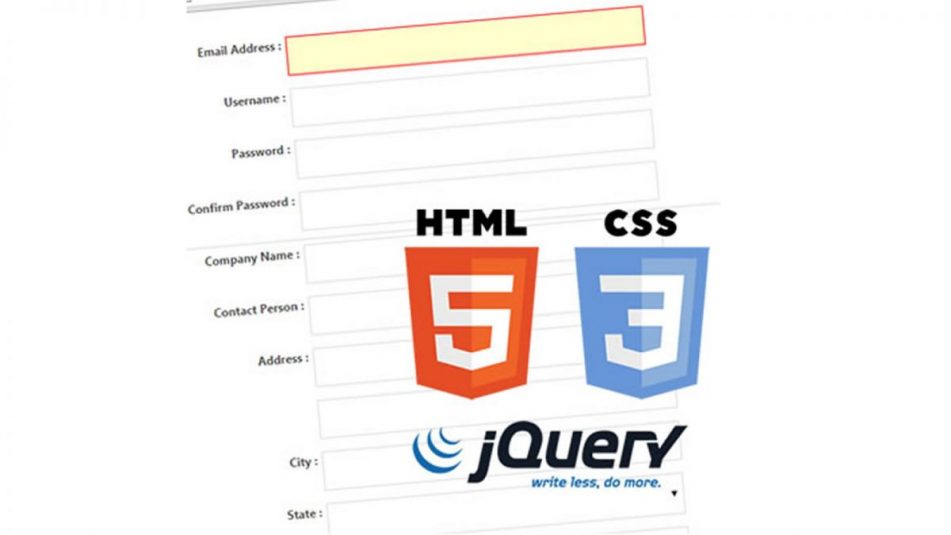Multiple PHP version with XAMPP on Windows
Sometime we fall into a situation whereby we badly need to test our project in another PHP version to check if it's safe across all recent/commonly used PHP versions. Well, that situation came across my path. I wanted to test my project compatibility with the new version of PHP (7.1.8 as of the time of writing this post). I did my first routine by visiting Google.com in-search for an easy way out. Most of the article I came by are more focused on running multiple version of XAMPP on Windows e.t.c and not about having multiple PHP version with XAMPP on Windows. I couldn't find a suitable post going my direction so, I decided to think and rethink. All I wanted was an easy way to switch
Talk is cheap. Show me the code.
-Linus TorvaldsHowTo: Enable “Administrator” account on Windows 7
To enable "Administrator" account on windows: Open command prompt(START MENU -> RUN. Type CMD and press enter) and type in this command: net user administrator /active:yes To disable: net user administrator /active:no
HowTo: Restore Files Hidden by Virus on Windows 7
I recently had a challenge of recovering lots of folders hidden by a virus on a drive. Some virus always hide files and folders in an external drive and create a new folder with an extension like .exe, .lnk and so on just to fake users to a malicious act. The truth is, most anti-virus will detect this virus and remove it, but it doesn't return or restore the files and folders hidden by the virus. This is the 'headache spot'!
HowTo: Quick form validation with jQuery
Have you ever thought of a better way to validate each input field of a long form without a sequence validation? Well, I was forced to have my way around it and I will be sharing a simple method using jQuery. The truth about form is that: you are not sure if your users will enter the appropriate details you are requesting for; so you need to validate the user's entry before submitting it to the server. But, remember that javascript validation should not be the only medium for your validation; it's useful when you don't want your user to revisit the form page for some minor error correction. So, I will suggest taking it as a good practice to validate on



